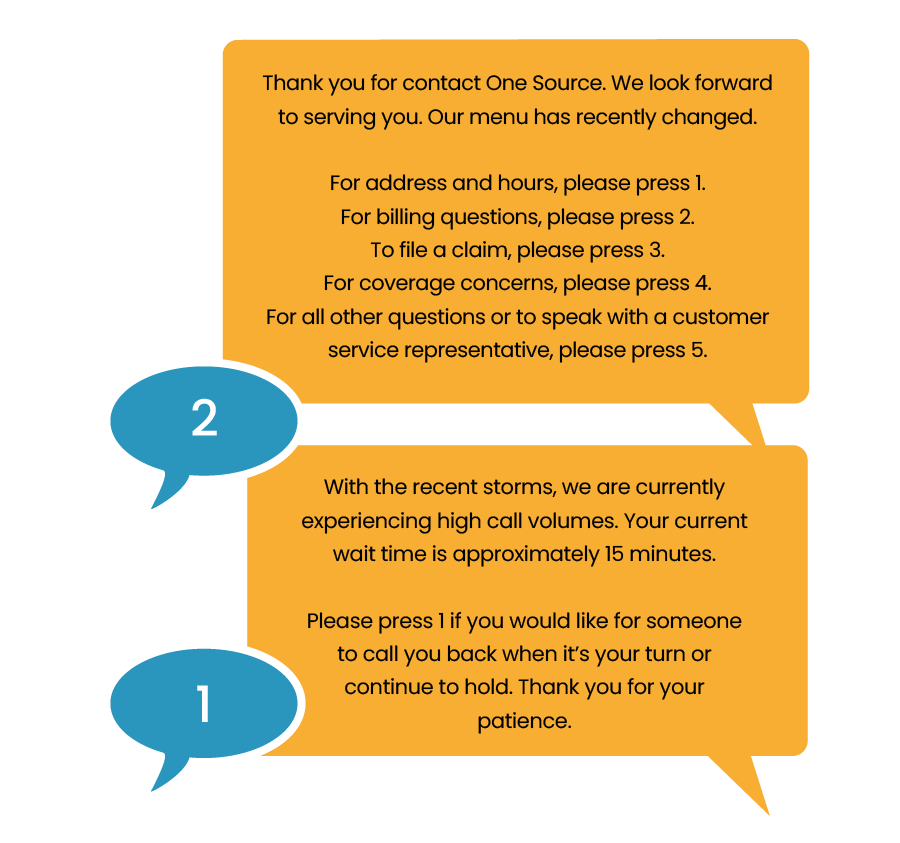 We know that over 39% of businesses already use some form of text messaging to communicate with their prospects, leads, and customers. And many more are expected to adopt the technology in the coming years! Which is why text messaging etiquette is more important then ever before.
We know that over 39% of businesses already use some form of text messaging to communicate with their prospects, leads, and customers. And many more are expected to adopt the technology in the coming years! Which is why text messaging etiquette is more important then ever before.
Furthermore, we also know that customers check their phones all the time. And that 67% would prefer to text with a business than talk or even email.
Beyond communication preferences, there are also clear advantages to texting your customers. Text messages have up to a 90% open rate and a near 45% response rate. Compare that to email with a 20% open rate and 6% response rate.
But there’s still a lot of anxiety around text messaging etiquette. Don’t worry – If your business is new to texting, we’ve put together a few tips to help you get started. With a bit of preparation, you will engage your teams, customers, and leads like never before.
Here are nine best practices to use when texting for your business:
Text Messaging Etiquette
1. State Who Is Sending The Text
If the customer doesn’t know who is sending the message, they might ignore your message, especially if it is coming from a number they don’t recognize.
2. Text Clear And Specific Information
Get straight to the point right away. Present the most important ideas right up-front to be sure your message is received, loud and clear.
3. Keep It Brief
The purpose of sending a text message is to communicate short messages quickly. The worst thing you could do is make it complicated or in-depth. Get your message across as rapidly as possible, and try to only pick one topic per message.
4. Be Aware Of Your Tone
The use of texting in all caps to grab attention, convey importance or urgency, or emphasize a thought is a common stylistic usage in the internet age. However, it can also convey an aggressive tone, which is not proper text messaging etiquette. Make sure that your tone remains professional and on-brand.
5. Do Not Text Sensitive Or Confidential Information
Sending and receiving confidential information can open you up to liability. So it’s smarter to not send confidential or personal information via text. Words live on forever, so if you have something particularly personal to talk about, it’s probably best done on another channel.
6. Spelling And Punctuation Make An Impression
Edit and proof your messages before you send them. Make sure all words are spelled correctly so that you don’t confuse what you’re trying to say.
7. Write Clear Call-To-Actions (CTAs)
Whether you text appointment reminders, notifications, updates, payment reminders, or even curbside pickups, your message needs to be clear. Always convey the action you want your customers to take with a call to action (CTA) for good text messaging etiquette.
8. Respond To Texts Promptly
Leads and customers expect an immediate response when they text your business. People become frustrated when they feel like communication only goes one way. If your broadcasts are pre-scheduled, be sure you have somebody standing by to send text replies.
Ready to start texting using the text messaging etiquette you learned today? VirtualPBX is here to help with smarter, simpler ways to send text messages. Check out our VirtualText App page to get started today!







